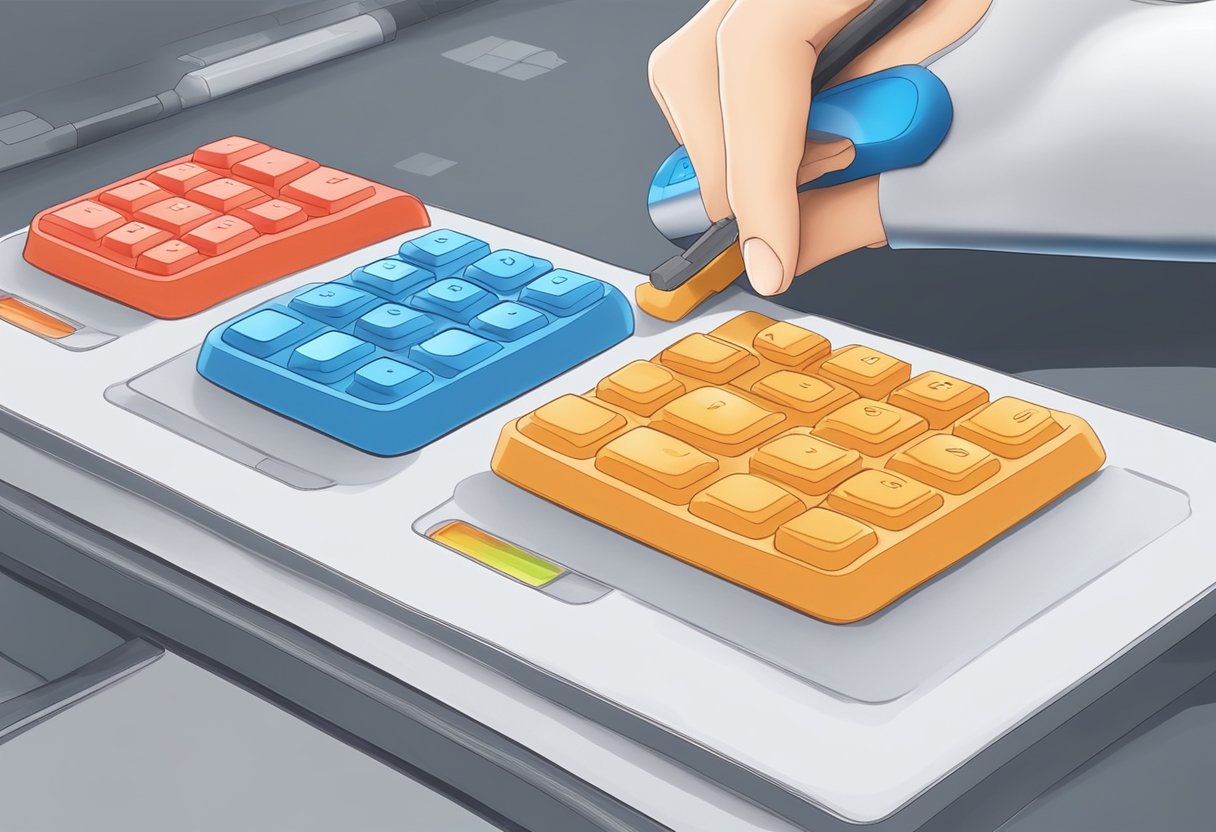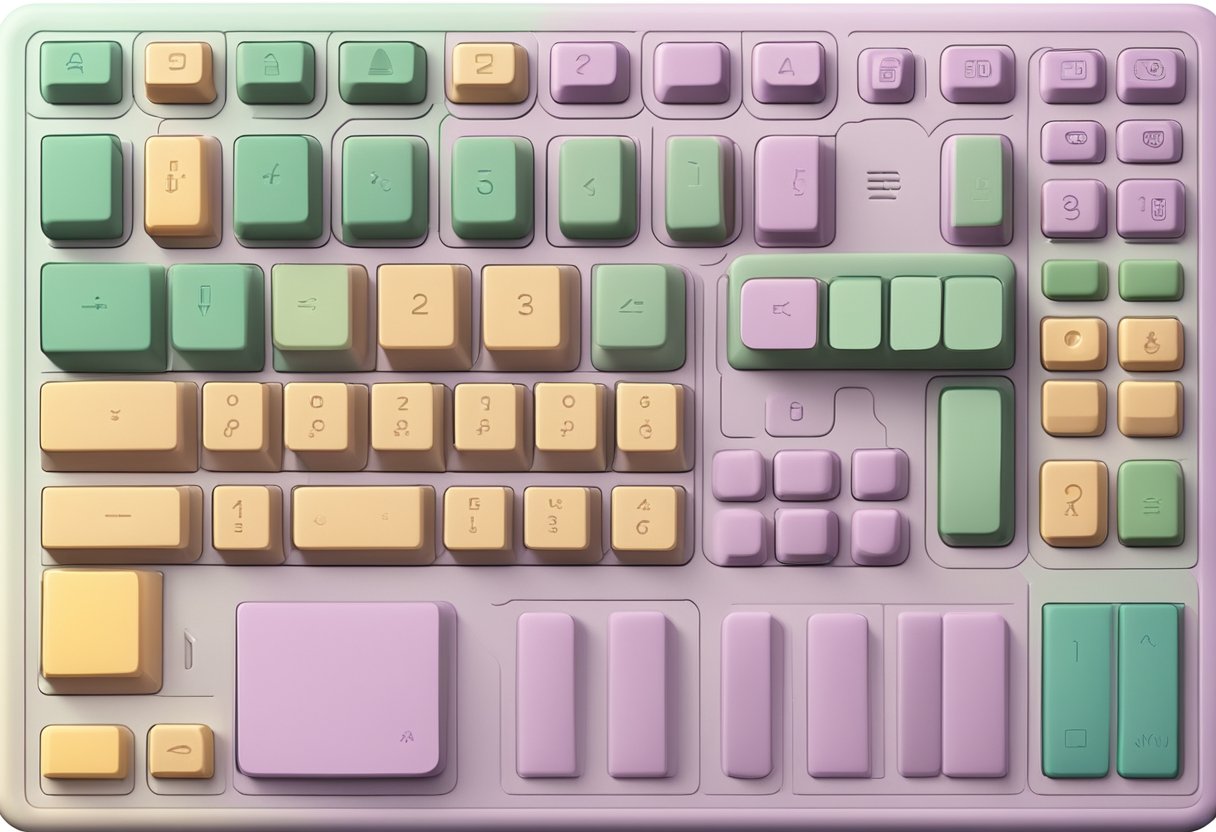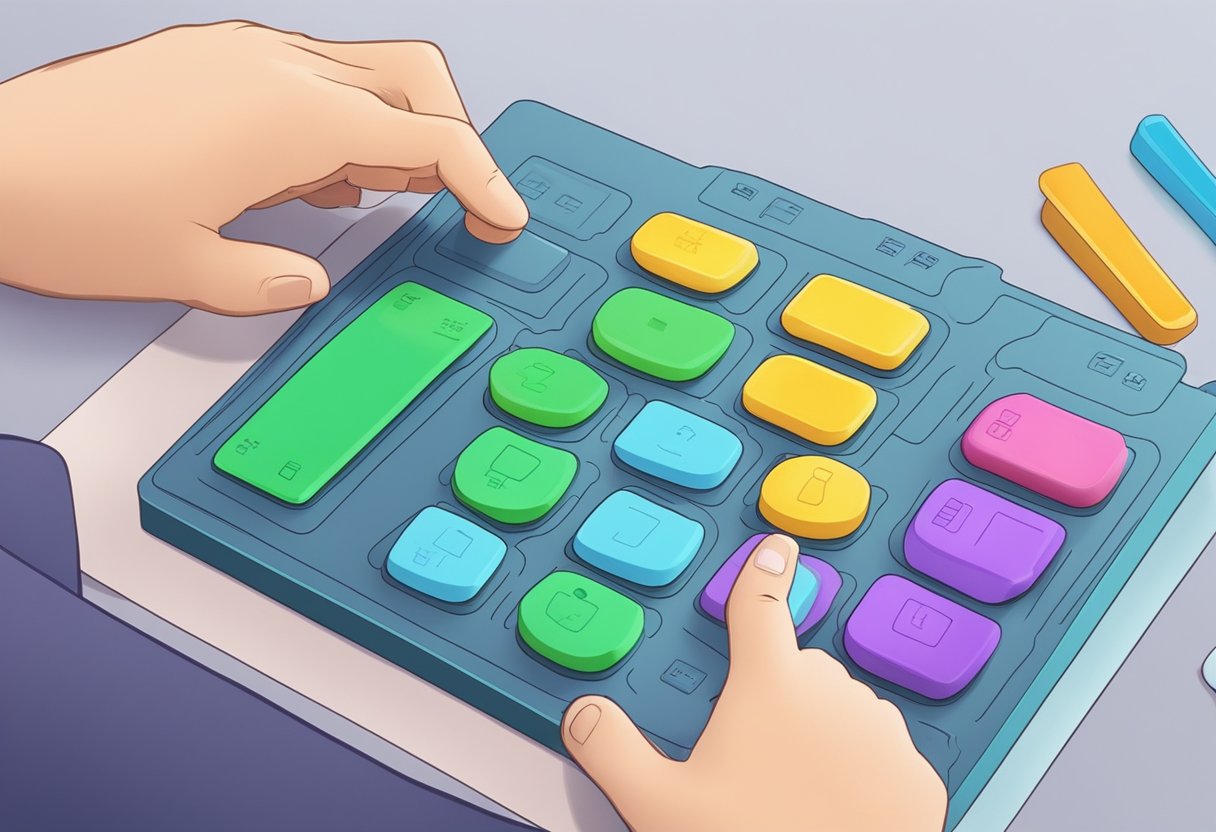Contact
Write to Us And We Would Be Happy to Advise You.
Do you have any questions, or would you like to speak directly with a representative?
By peter
If you’re in the market for a reliable and durable keypad, a silicone rubber membrane keypad might be the perfect solution for you. These keypads are made from silicone rubber properties that are typically processed from either injection or compression molding. They are known for their unique tactile feedback and a distinctive visual appearance, and can be custom-molded in different shapes, patterns, and colors to support user-friendly backlighting options.

Silicone rubber keypads are ideal for industrial environments, where a bold look and a more rugged, robust interface is required. They are commonly used in medical devices, military equipment, and other applications where reliability and durability are critical. These keypads are also resistant to water, dust, and other environmental factors, making them an excellent choice for outdoor applications as well. Additionally, they are easy to clean and maintain, which makes them an ideal choice for applications that require frequent cleaning.

Silicone rubber membrane keypads are a type of keypad that use a silicone rubber webbing around a center switch. The silicone rubber webbing allows the keys to deform when pressed, creating a tactile response for the user. These keypads are ideal for a variety of applications, including industrial, medical, and consumer electronics.
Silicone rubber membrane keypads are known for their durability and resistance to environmental factors such as moisture, dust, and temperature fluctuations. They can be custom-molded in different shapes, patterns, and colors to support user-friendly backlighting options. The use of silicone rubber also allows for the keypads to be easily cleaned and disinfected, making them ideal for medical and food service applications.
One of the key benefits of silicone rubber membrane keypads is their low profile design. This makes them ideal for applications where space is limited, such as handheld devices or control panels. They are also known for their quiet operation, making them ideal for applications where noise is a concern.
Overall, silicone rubber membrane keypads are a reliable and cost-effective solution for a variety of applications. With their durability, resistance to environmental factors, and customizability, they are an excellent choice for anyone looking for a high-quality keypad solution.

When designing a silicone rubber membrane keypad, there are several aspects to consider to ensure that the final product meets your requirements. Here are some of the key factors to keep in mind.
The material used for the keypad is a critical consideration. Silicone rubber is a popular choice due to its durability, flexibility, and resistance to extreme temperatures. Other materials, such as polyurethane, can also be used depending on the specific application requirements.
The shape and size of the keys on the membrane keypad can be customized to suit your needs. For example, you can choose between round, square, or rectangular keys, and determine the size and spacing of the keys. Additionally, you can select the height and tactile feedback of the keys to ensure the best user experience.
The circuit design of the membrane keypad is another crucial aspect to consider. The circuit can be designed to accommodate a variety of applications, including single and multi-layer circuits, and can be created using a range of methods, including screen printing, laser etching, and digital printing. The circuit design can also include features such as backlighting, which can improve visibility in low light conditions.
In summary, when designing a silicone rubber membrane keypad, it is important to consider the material selection, key shapes and sizes, and circuit design to ensure that the final product meets your specific requirements.
The manufacturing process of silicone rubber membrane keypads involves several steps to ensure their quality, durability, and functionality. In this section, we will explore the detailed manufacturing process of silicone rubber membrane keypads.
Compression molding is the most commonly used process for manufacturing silicone rubber membrane keypads. This process involves the use of a precision carbon steel tool that is used to mold the keypad into its final shape. The tool is designed to have the same shape and size as the final product. The silicone rubber compound is then placed into the tool and compressed to the desired shape and size. The tool is then heated to cure the silicone rubber, and the keypad is removed from the tool.
Laser etching is a process used to create custom designs and patterns on the surface of the silicone rubber membrane keypad. This process involves the use of a laser to remove a small amount of material from the surface of the keypad to create the desired design or pattern. Laser etching is a precise process that allows for the creation of intricate designs and patterns.
Printing and coating are the final steps in the manufacturing process of silicone rubber membrane keypads. Printing involves the application of ink onto the surface of the keypad to create custom designs and patterns. Coating involves the application of a protective layer onto the surface of the keypad to protect it from wear and tear. The coating can be matte or glossy and can be customized to meet the specific requirements of the application.
In conclusion, the manufacturing process of silicone rubber membrane keypads involves several steps that are crucial to ensure their quality, durability, and functionality. The compression molding process is the most commonly used process, while laser etching and printing and coating are used to create custom designs and patterns.
When it comes to membrane keypads, silicone rubber is one of the most popular materials used due to its unique performance characteristics. In this section, we will discuss the three key performance characteristics of silicone rubber membrane keypads: durability, environmental resistance, and tactile feedback.
Silicone rubber membrane keypads are known for their durability and longevity. They are designed to withstand repeated use and can last for years without showing signs of wear and tear. This is due to the inherent properties of silicone rubber, which is a highly resilient material that can withstand a wide range of temperatures, pressures, and mechanical stresses.
Another key advantage of silicone rubber membrane keypads is their ability to resist environmental factors such as moisture, dust, and chemicals. This makes them ideal for use in harsh environments where other types of keypads may fail. Silicone rubber is also resistant to UV radiation, which means that it will not degrade or discolor over time when exposed to sunlight.
Silicone rubber membrane keypads are designed to provide tactile feedback when pressed, which makes them easier and more intuitive to use. This is achieved through the use of a conductive rubber layer that is placed between the top and bottom layers of the keypad. When the keypad is pressed, the conductive layer makes contact with the circuit board, which sends a signal to the device.
In summary, silicone rubber membrane keypads are highly durable, resistant to environmental factors, and provide tactile feedback, making them an ideal choice for a wide range of applications.
Silicone rubber membrane keypads have a wide range of applications due to their versatility, durability, and cost-effectiveness. They are commonly used in consumer electronics, industrial controls, and medical devices.
Silicone rubber membrane keypads are widely used in consumer electronics such as remote controls, calculators, and mobile phones. These keypads are preferred due to their tactile feedback, ease of use, and low cost. They are also customizable, allowing manufacturers to create unique designs that stand out in the market.
Silicone rubber membrane keypads are commonly used in industrial controls due to their durability and resistance to harsh environments. These keypads can withstand exposure to chemicals, extreme temperatures, and physical abuse. They are also available in a variety of colors and designs, making them ideal for use in control panels and other industrial applications.
Silicone rubber membrane keypads are widely used in medical devices such as blood glucose meters, infusion pumps, and patient monitoring systems. These keypads are preferred due to their ease of use, tactile feedback, and resistance to moisture and chemicals. They are also customizable, allowing manufacturers to create keypads that meet the specific needs of medical professionals and patients.
In summary, silicone rubber membrane keypads have a wide range of applications due to their versatility, durability, and cost-effectiveness. They are commonly used in consumer electronics, industrial controls, and medical devices.
To ensure the longevity of your silicone rubber membrane keypad, it is essential to perform regular maintenance and care. Here are some tips to help you maintain your keypad:
Dirt, dust, and other debris can accumulate on the surface of your keypad and affect its performance. To clean your keypad, use a soft cloth or sponge and a mild detergent solution. Avoid using harsh chemicals or abrasive materials that can scratch or damage the surface of the keypad.
Silicone rubber membrane keypads are designed to withstand a certain amount of pressure. However, excessive force or pressure can damage the keypad and affect its performance. Be gentle when pressing the keys and avoid using sharp objects or tools that can damage the surface of the keypad.
Moisture can damage the circuitry of your keypad and affect its performance. Avoid exposing your keypad to water or other liquids. If your keypad does get wet, dry it immediately with a soft cloth and allow it to air dry completely before using it again.
When not in use, store your keypad in a dry, cool place away from direct sunlight and heat sources. Avoid storing it in humid or damp environments that can damage the circuitry of the keypad.
By following these simple tips, you can ensure that your silicone rubber membrane keypad remains in optimal condition and continues to provide reliable performance for years to come.
Do you have any questions, or would you like to speak directly with a representative?